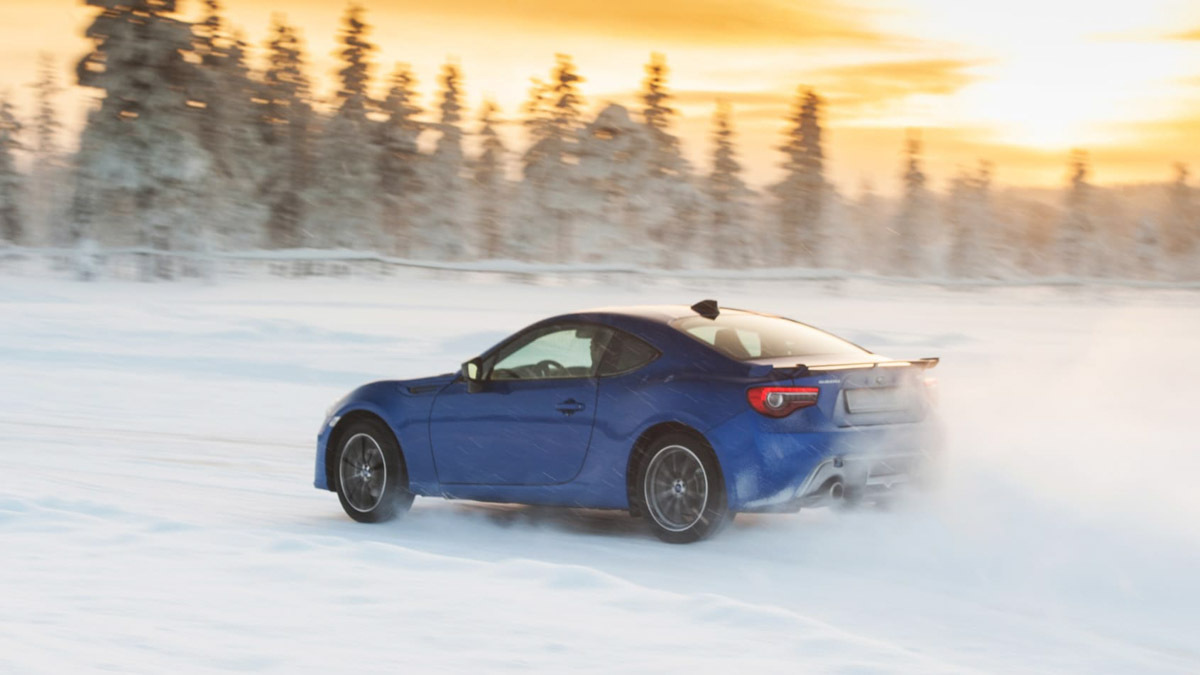Blessed with an excellent, involving chassis, but feeble engine and poor tyres prevent the BRZ from achieving greatness
| Excellent driving position, wonderfully immersive chassis | |
| Naff exterior details, low-rent interior, low-grip tyres |
PRICE from $42,710
The Subaru BRZ, much like its close relative the Toyota GT86, serves up many of the fundamental elements needed for a truly enjoyable sports car. It has a solid structure, an excellent seating position, a low centre of gravity, a balanced chassis and brilliantly malleable handling.
It’s far from being the fastest car on the road, but it’s interactive and involving in a way that even many hot hatchbacks at this price point struggle to replicate. There’s a definite sense that the engineers behind the BRZ truly enjoy driving, and you can really engage with the mechanical components.
But the way the BRZ drives isn’t perfect. Its engine, although lively and responsive, doesn’t have the grunt to help you exploit the car’s rear-wheel-drive layout as often as you might want. Consequently Subaru has fitted the BRZ with skinny, low-rolling-resistance tyres to allow the car to break traction more easily. In reality though, the tyres only make your inputs feel indistinct and erode the strong connection you can build with the BRZ.
Thankfully, Subaru should have a chance to rectify some of these misgivings, as it recently confirmed it intends to develop a second-generation BRZ. Until then though, this BRZ is a hugely likeable but imperfect sports car.
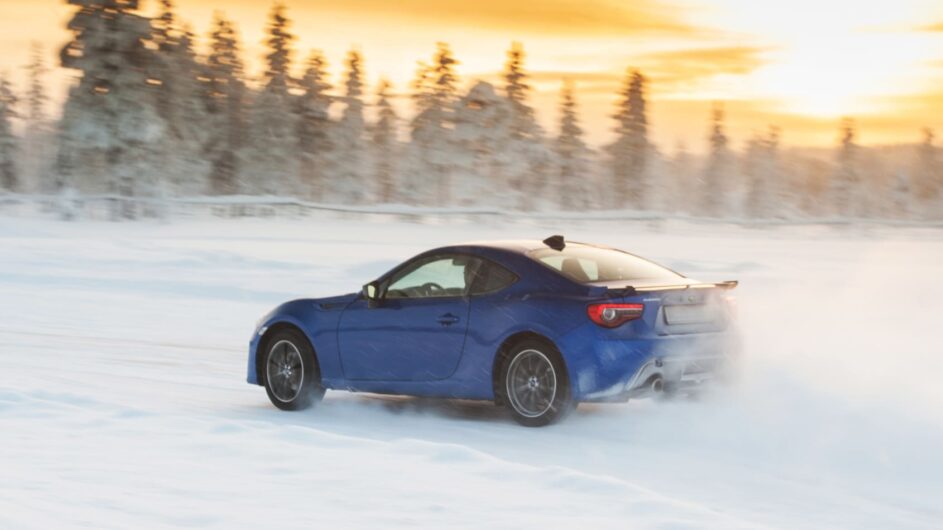
Prices, specs and rivals
The Subaru BRZ is now only available in one trim level, simply called BRZ, and starts at $38,177. If you’re thinking that sounds a little expensive, you’d be right – the BRZ has been much cheaper in the past, dipping as low as the $30,000 range at one point, but like the Toyota GT86 sister car, the BRZ is built in Japan.
That leaves both cars at the mercy of exchange rates, and as well as leading to fluctuating prices, that also means Subaru has trimmed off the more affordable trim levels it used to offer. The number also includes the hefty first-year VED figure of $1530, on account of its 196g/km CO2 rating.
On the plus side, the resulting car is well equipped. Mechanically it gets a limited-slip differential as standard, like its Toyota cousin, as well as features such as keyless entry, a 7-inch infotainment screen with navigation and DAB, LED headlights, 17-inch alloy wheels, heated leather/Ultrasuede seats, climate control and more. That’s broadly the kind of kit you’d expect in other cars at this price point, and it’s worth remembering that as it’s a bespoke sports car, Subaru doesn’t have the benefit of a large-volume hatchback platform to spread its costs.
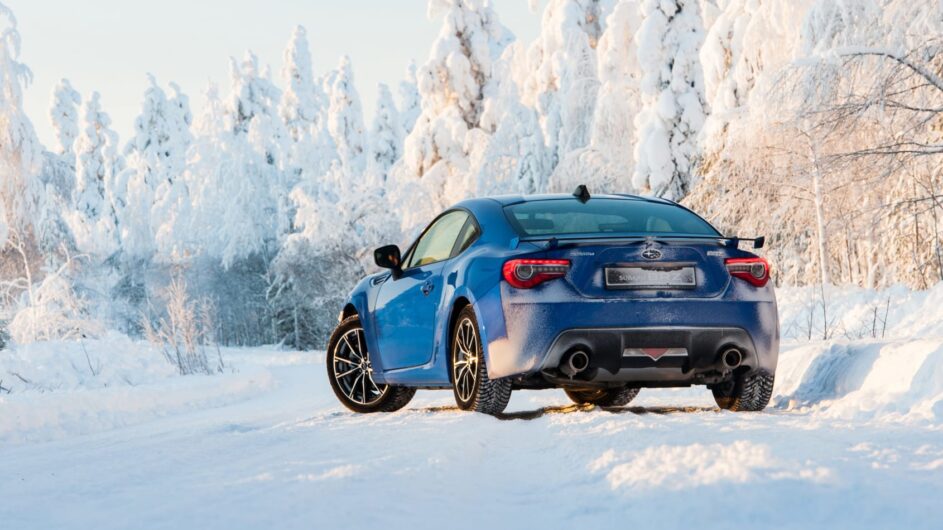
The BRZ’s most obvious rival is the Toyota GT86. They are both essentially the same car, with the same drivetrain and body, and are only defined by minor tweaks to the exterior and the chassis. Choosing between the two really only comes down to which one you prefer the look of, or which badge you prefer. Price may play a factor too though, as you can get a GT86 from $33,200, comfortably undercutting the BRZ, albeit packing less equipment in its lower trim level.
Other rivals are getting thin on the ground. After the disappearance of Fiat and Abarth’s 124, the Mazda MX-5 is the only other small, rear-wheel-drive sports car on the market at this price point, unless you count some of the lower-end variants of BMW’s 2-series – a 220i M Sport with 181bhp is roughly equivalent and costs $39,300.
The Mazda, meanwhile, is a proper lightweight, has a stronger engine despite having less horsepower than the Subaru, and offers full convertible or retractable hard-top variants. It too has had a price increase recently, with the closest equivalent – the RF 2-litre Sport Tech – coming in at $36,150.
Then there’s the hot hatchback option. Most of our favourites are available around the $35k mark, with the class-leading Civic Type R matching the Subaru on price and offering much greater performance. What none can offer is a rear-wheel-drive chassis or the BRZ’s low-slung lines, but if you’re a fan of front-wheel drive the level of performance and ability in this class is now hard to beat.
Performance and 0-100kph time
Nail the perfect launch and the BRZ will spring itself to 62mph in 7.6sec, topping out at 140mph. The automatic model will follow six-tenths of a second behind, and stops accelerating 10mph earlier. But to get the most out of the BRZ, and for it to feel anywhere near as quick as those numbers suggest, you really need to rev its engine.
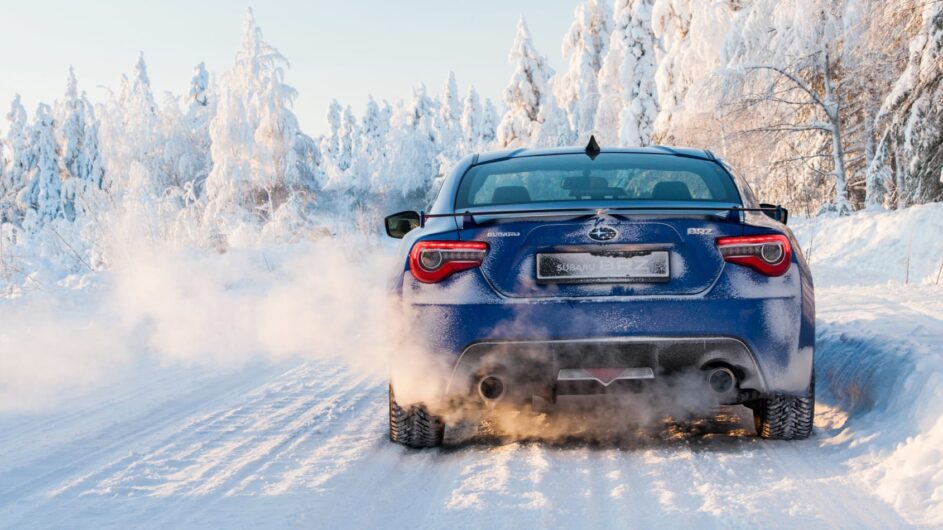
If you’re caught off-guard, encounter a hill, or want to overtake without sufficient preparation, then the BRZ’s peaky delivery can be frustrating. But the responsive and linear nature of the engine at the top of the rev range makes it very satisfying to drive the BRZ quickly. It’s a characteristic not unknown to naturally aspirated Japanese performance cars – the old Honda S2000 and Mazda RX-8 both had engines that needed to be kept on the boil, so if you’re coming to a BRZ having owned either in the past, it probably won’t be an issue.
The Subaru does have a distinct flat spot around the mid-range that initially deters you from exploring the upper reaches of the revs and can make day-to-day driving slightly frustrating, but once you push beyond it the relatively close-ratio gearbox makes it easy to keep the needle in the top third of the rev counter and above the flat spot. And as we’ve already mentioned, it’s a great manual change, with a satisfyingly mechanical action.
The biggest issue with the engine is the noise it makes. It’s quite industrial to begin with and sounds surprisingly rattly at idle, though very little vibration makes it through to the cabin, so the rough nature is more an aural characteristic than anything.
As the revs rise there’s a faint, throaty grunt that hints at an old-school Subaru flat-four, but without unequal-length headers and a huge turbo that distinct burble is only very faint. Again, the sound is probably best right at the top of the rev range, where the engine will rev with remarkable smoothness if you let it.
Engine and gearbox
You won’t find the ubiquitous in-line, turbocharged four-cylinder under the Subaru’s bonnet. Instead, there’s a naturally aspirated 2-litre four-cylinder boxer engine.
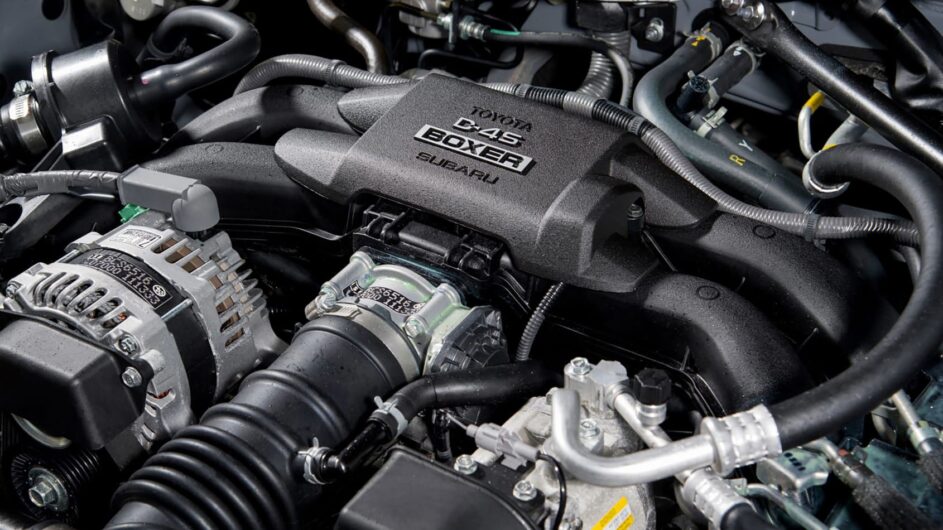
If you’re unfamiliar with such a layout, you should know that Subaru has been using boxer engines for years. So too has Porsche, though generally with an extra pair of cylinders. Rather than having all the cylinders in one line, with each piston having their own journal on the crankshaft, the BRZ’s cylinders are laid flat either side of the crankshaft. A pair of opposing pistons then use the same crank journal meaning each movement counteracts one another, creating a balanced and smooth engine.
One of the other benefits of this cylinder arrangement is that it keeps the engine very low and flat and helps reduce the car’s centre of gravity. As it’s so flat it can also be mounted further back in the chassis, almost encroaching into the transmission tunnel, to help weight distribution. Flat engines are something Subaru has championed for some time, and each of its cars is fitted with either a flat-four or flat-six.
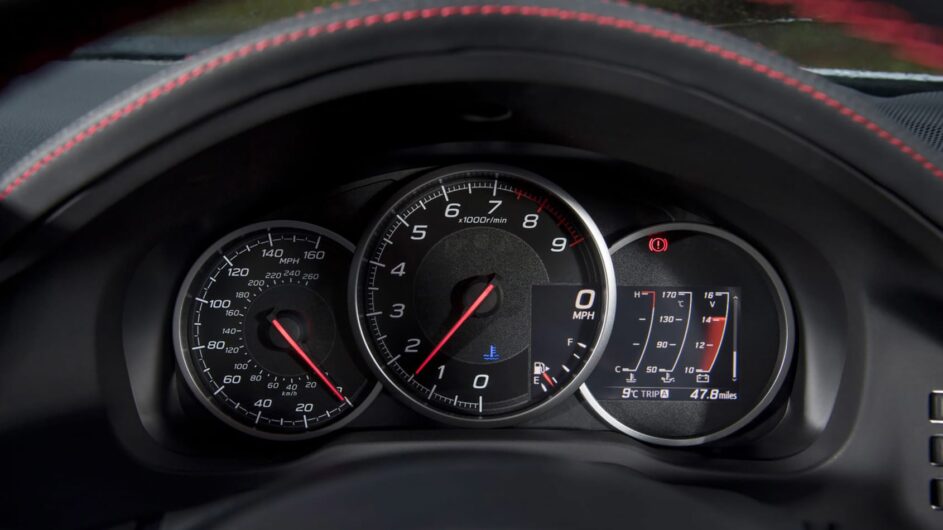
Is it effective? Well, in the BRZ, maximum torque, 151lb ft, is delivered from 6400 to 6600rpm, while peak power, 197bhp, isn’t reached until 7000rpm. In a world of turbo engines that reach maximum torque at little more than tickover, having to work for the BRZ’s performance is a little unusual.
The BRZ comes with a six-speed manual as standard and it’s the transmission choice that we’d opt for. There’s a satisfyingly mechanical feel to the changes, and while the lever looks fairly tall the throw through the gate is as tight as they come.
The six-speed automatic comes with the obligatory paddleshift manual mode. It’s not a bad gearbox, but its slightly unenthusiastic responses don’t match the immediacy of the rest of the car and it takes away a degree of control and involvement. For a car that is all about immersing you in the pure thrills of driving and exploiting each mechanical element for your enjoyment, an automatic gearbox simply isn’t appropriate.
With either transmission, drive is sent to the rear wheels through a Torsen limited-slip differential. At this price point there aren’t many other vehicles that give you the desirable combination of a naturally aspirated engine, a manual gearbox and rear-wheel drive with a locking diff.
Ride and handling
Rather than ultimate pace, the BRZ is about low speed thrills and establishing a deep relationship with the car’s mechanical components. The latter goal means that the BRZ isn’t a calm or quiet place to be, and tyre and drivetrain noise are constant – you can even hear the layshaft in the gearbox chuntering away with the engine at idle.
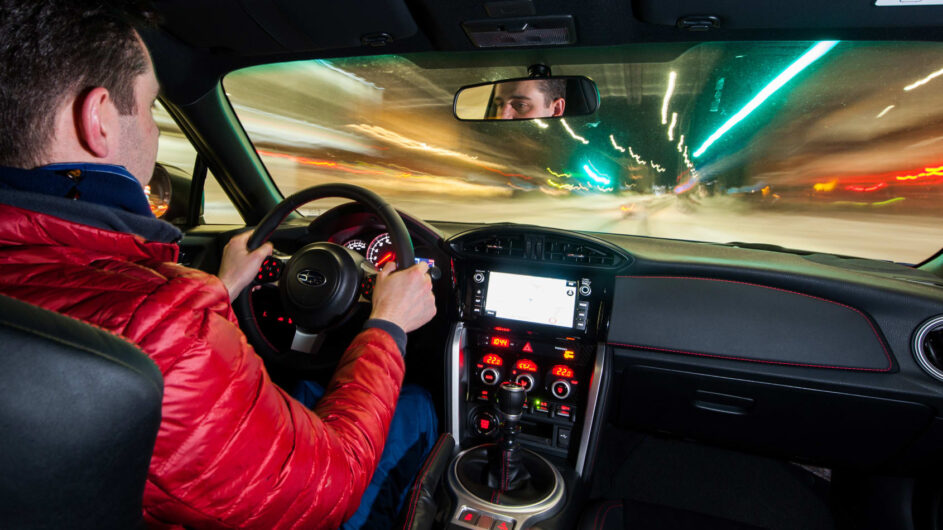
The BRZ’s ride is firm too, and if it wasn’t for a pair of comfortable, well-padded seats that you can move to get the perfect driving position, it would be a rather uncompromising environment to spend time in. But this lack of comfort and refinement is replaced with an exact knowledge of what the car is doing and real understanding of how it might react, which is far more beneficial in a sports car than extreme comfort.
The Subaru feels light and big bumps can cause it to deviate from your desired path, but as the BRZ is also small and narrow there’s usually plenty of room on the road for it not to be nudged into a dangerous position. Its lack of mass helps the body feel incredibly well controlled, and no matter how fast you travel over the harshest of crests the body reacts with minimal fuss.
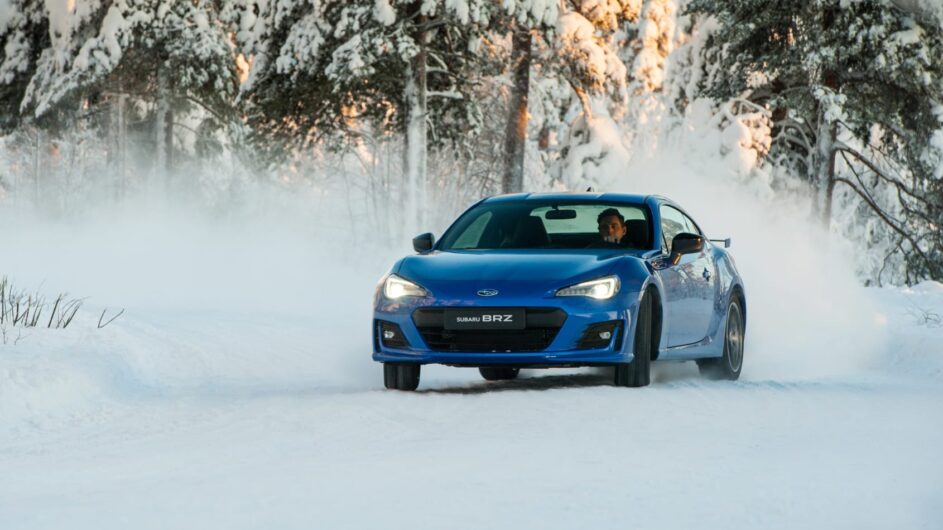
For the 2017 model Subaru altered the BRZ’s dampers to reduce body roll, but the changes are minor and the car feels much like the BRZ always has done. On the road there’s no hint of understeer, and every tweak of the steering wheel makes the car rotate. This dogged intent to turn rather than roll is impressive but can be slightly unnerving thanks to Subaru trying to minimise the BRZ’s traction with thin, low-grip tyres.
The only time you don’t feel intimately connected with the road is just after turn-in; the steering points the nose exactly where you want it but you’re left hoping the rear tyres will grip. For the most part, and when you want it to, the BRZ does find enough grip, but that brief moment when you aren’t sure is worrying and contrary to the way the rest of the car feels.
This is something that, in our experience, can be fixed with more appropriate tyres than the standard, low-grip Michelin Primacy rubber. We get what Subaru was going for with the set-up it chose, but what you gain in skating around at low speeds, you lose in steering feel and precision, as well as cold- or wet-weather grip. Better tyres don’t kill the car’s adjustability either – if anything, they just make it more predictable.
L/100km and running costs
The 2-litre direct-injection flat-four engine in the Subaru doesn’t have the on-paper economy that turbocharged cars offer, with an official WLTP figure of 8.4L/100km combined, the auto managing 8.5L/100km.
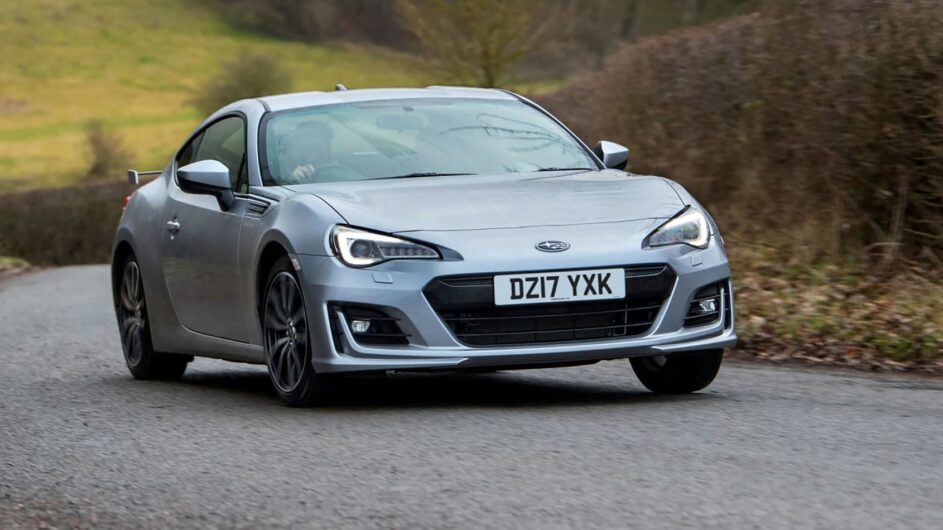
On the plus side, you’re actually likely to get close to that L/100km figure in the real world. When we ran a Toyota GT86 (that has the same engine, transmission and weighs the same) as a long-termer a few years back, numbers in the low 30s were a regular occurrence, and the car wasn’t driven gently. More recently, experience with a GT86 suggests even higher numbers in mixed driving.
CO2 (an NEDC correlated figure) is rated at 196g/km, so in purely economic terms you’ll spend a little more on tax than you would with a hot hatchback of equivalent performance. The automatic’s NEDC-equivalent CO2 figure is lower at 183g/km. The former means a hefty first-year VED bill of $1530, contributing to the car’s high on-the-road price. The auto’s VED number falls into a slightly lower bracket at $1020, with both cars then attracting the standard $175/year bill thereafter.
We’d be inclined to swap the BRZ’s cheap Michelin Primacy tyres for some more premium, performance-focused rubber as soon as the opportunity presents itself. Given a full set of Michelin Pilot Sport 4 tyres is $525 before discounts from Blackcircles – less than $25 more than a set of Primacy 4s – it’s a no-brainer.
Interior and tech
The BRZ’s cabin is, unsurprisingly, much like that of its Toyota cousin, which means it’s far from being the best-designed or most tactile on the market. What it does brilliantly though is sit you in one of the best driving positions of any car on the market – low, behind a perfectly positioned steering wheel, ideally placed pedals and gear lever, and with a good view down the long bonnet.
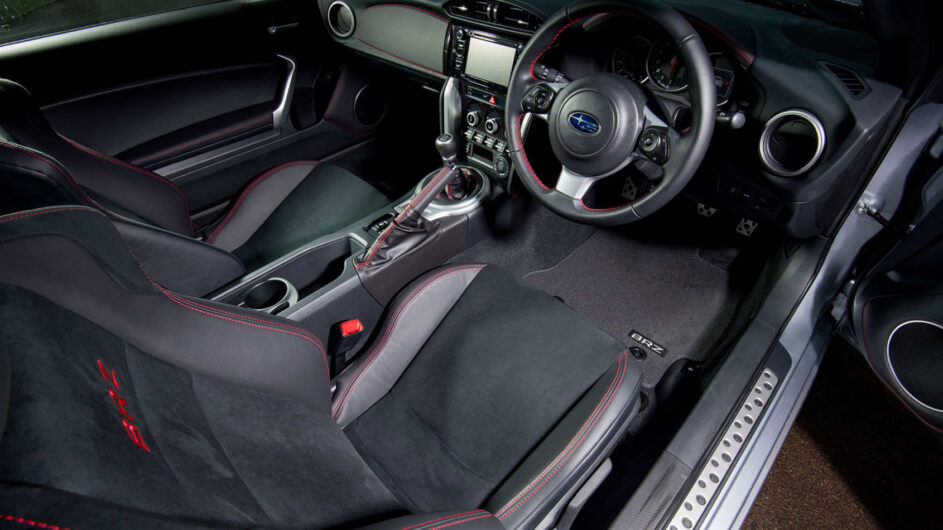
In 2017 Subaru fitted the BRZ with a smaller steering wheel. It doesn’t change the way the car drives, but it is a more pleasing size to hold and improves the seating position even further.
The interior appeals to those really serious about driving then (and makes the lofty driving position of most hot hatchbacks feel almost precarious), but if you place any value on the aesthetic or tactile qualities of your cabins you’ll be left disappointed. At least everything is easy to understand and built with a typical Japanese solidity. The car’s stiff structure helps too – it never feels like plastics want to rub against each other causing squeaks or rattles.
The infotainment is contained within a non-integrated, double-DIN stereo unit. The graphics in the system, implemented in the 2017 changes, already look dated and the touch operation is slow. However, thanks to its standardised size, once it has become too frustrating it can be easily swapped for a newer, more up-to-date one. After the tyres, it’s probably the second thing we’d change.
Design
The BRZ is a car that pairs great sports car proportions, a low-slung stance and a generally tidy design, with an unfortunate number of ungainly details. Pre-2017 models weren’t bad in certain colours, but the 2017 facelift introduced some awkward angles into the front bumper, just as it did with Toyota’s equivalent.
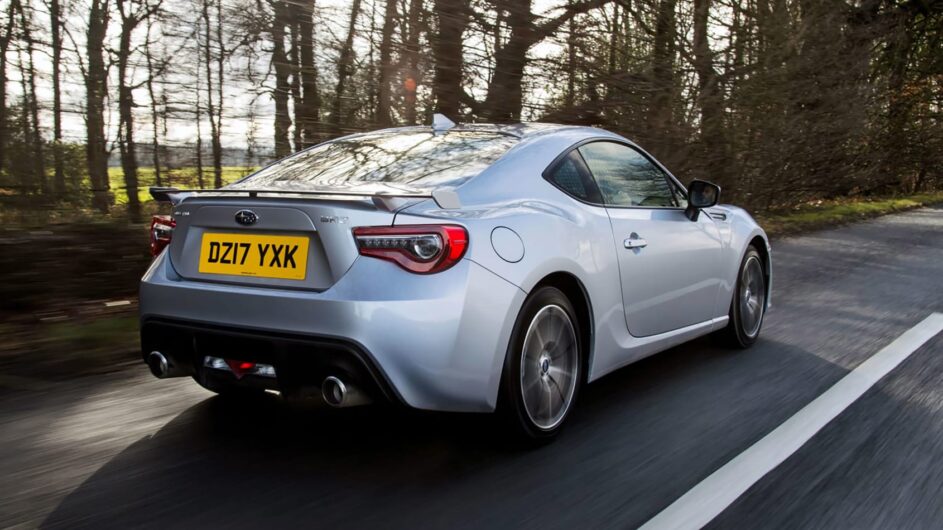
The rear spoiler equipped on all BRZs is pretty naff too; however effective it might be, we’d be inclined to remove it to tidy up the otherwise pert styling at the back. A set of more serious, less ornate-looking wheels wouldn’t go amiss either, and you could enhance the styling further with a slight drop from an aftermarket suspension set-up.
However, one of the worst offenders when it came to tarnishing the BRZ’s exterior were the Lexus-style rear lights. Thankfully the 2017 model replaced the front and rear lights with LED units that are much classier.
Once again though, the Subaru BRZ looks much like the Toyota GT86. A slightly different shaped front end and some Subaru badges are all that really separate the two. However, you can’t get the Toyota in the same Subaru Mica blue, for it to match Imprezas of old. All it needs is some gold wheels…
This article originally appeared at evo.co.uk
Copyright © evo UK, Dennis Publishing

